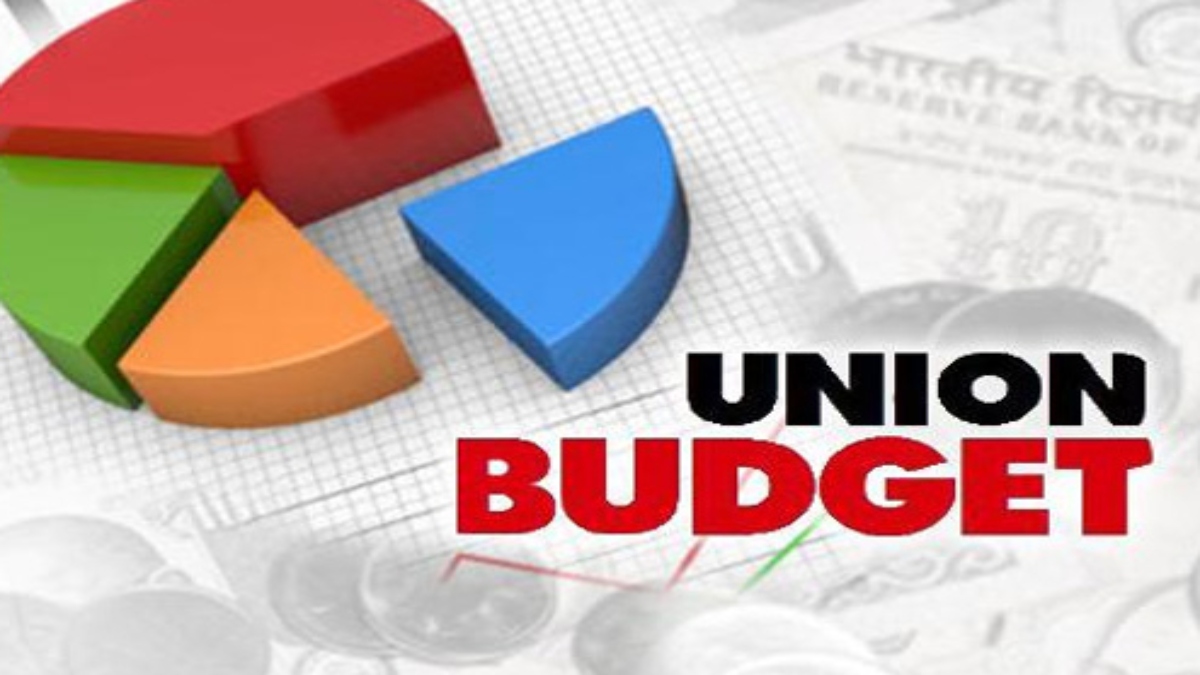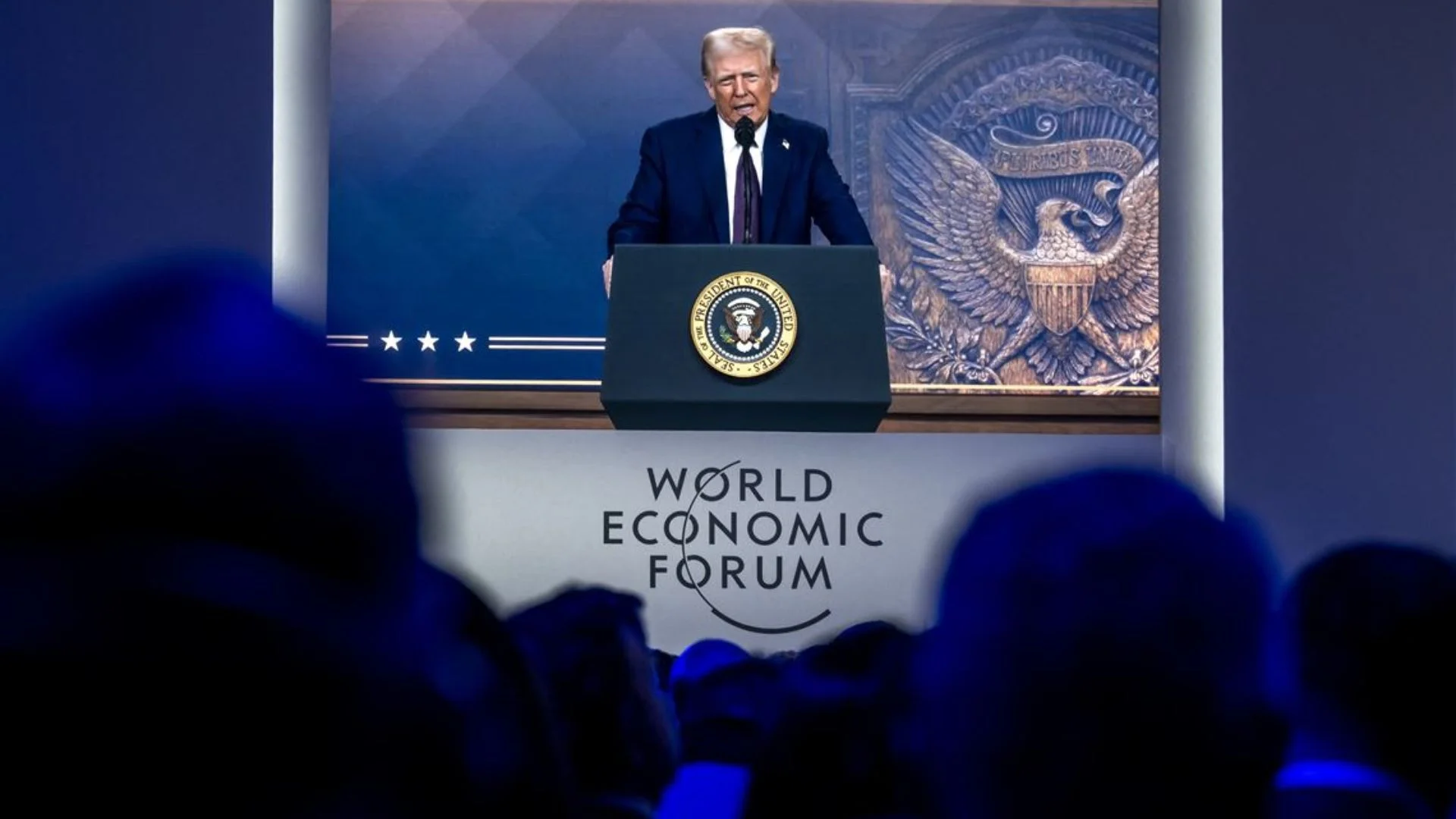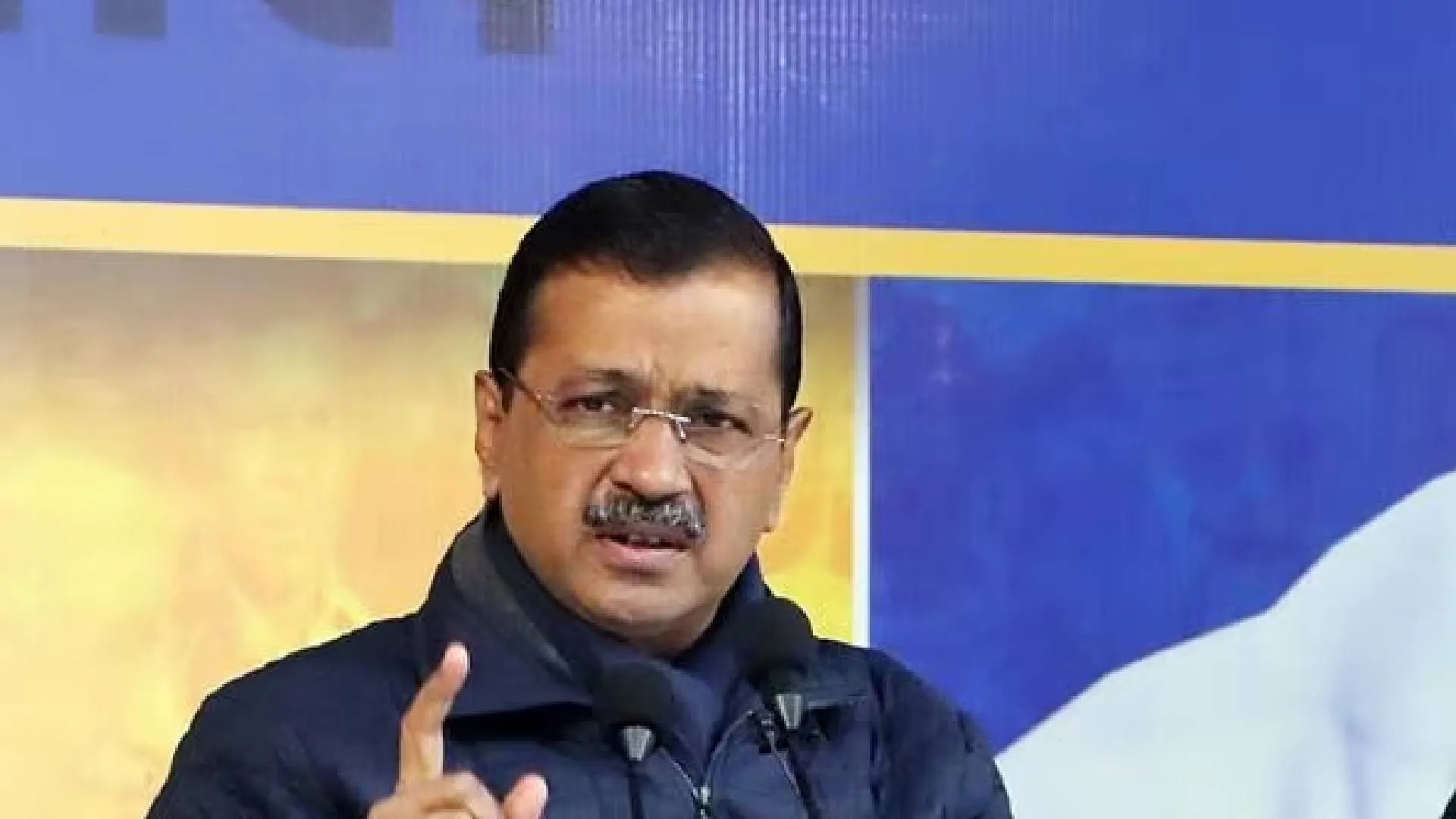India’s upcoming budget for the financial year 2022-23 will be driven by the ideals of “Gati Shakti” and “Atmanirbhar Bharat” as per the vision of our Prime Minister Narendra Modi. The Gati Shakti Yojna, an ambitious Rs 111 lakh-crore national infrastructure pipeline was announced by the prime minister in his 2019 Independence Day speech, a completely different development plan that would focus on providing the modern infrastructure, keeping in view augmenting the living standards of the people for inclusive and sustainable growth.
The previous budget for the Current Financial Year 2021-22 was primarily concerned with Covid-19 uncertainty and focussed on Atmanirbhar Bharat. Indian economy has revived with 21 lakh-crore Atmanirbhar Bharath package announced by the Finance Minister to register growth rate on track with 8.4 per cent in the Second Quarter of the Current Financial Year as compared to the 7.4% contraction a year ago. Though fiscal deficit was projected as Rs. 15.06 lack-crores for the current financial year 2021-22, the actual fiscal deficit had registered 6.96 lack crores by November 2021, worked out around 46 per cent, and it may be confined around Rs. 10 to 11 lakh-crores due to effective growth in the GST collections that are consistently improving since July 2021.
After -23.9 per cent contraction in the GDP of the First Quarter of the 2020-21 during the initial days of lockdown, the Atmanirbhar Bharath Package of Rs. 21 lakh crores of the Union Government allowed the economy to get back on track, as the growth rate was registered at -7.30 per cent during the Financial Year 2020-21.
The strength of the Atmanirbhar Bharath Package, successful vaccination drive, and the NHAI and MNREGA have been playing a key role in the successful growth during the current financial year 2021-22. Reserve Bank of India (RBI) had projected the growth rate at 9.50 per cent for the current financial year 2021-22, compared to a contraction at -7.30 per cent for the previous Financial Year 2020-21.
Apart from this, the World Bank also projected the growth rate at 8.30 per cent and 8.70 per cent for the current 2021-22 and upcoming financial years 2022-23 respectively.
The strength of Atmanirbhar Bharat has shown the right path by dragging back the economy from the darkness of the Covid-19 pandemic, especially with the fruitful support of the indigenous Bharat Biotech’s Covaxin vaccine of over 160 crores dose for reposing confidence among the general public.
Further, GST collections have been raised consistently as Rs. 3.30 lakh-crores in Q1, Rs. 3.45 lakh-crores in Q2, Rs. 3.90 lakh-crores in Q3 respectively, and 4th quarter has been projected around for Rs. 4.25 lakh crores in the Current financial year 2021-22. In addition to this, direct tax collections also improved significantly as a sum of Rs. 9.45 lakh crores was collected by 16th December, 2021 as compared to Rs. 5.88 lakh crores of the previous year. Growth in direct tax collections at 60.08 per cent with a positive product manufacturing index rate at 55.50 had been registered by 31st December 2021. (In PMI point of view, above 50 points means expansion, while a score below 50 points denotes contraction).
Further, the unemployment rate in India decreased to 7.91 per cent in December 2021 as compared to 11.84 per cent in May 2021. Most of the economists had not expected this kind of revival and even criticised the Atmanirbhar Bharat package, though it was tuned properly to cover the people from all the segments of the country.
In the process of the revival of our economy post the pandemic, the National Highways Authority of India (NHAI) has been playing the predominant role and committed for output by laying road infrastructure plan under Bharathmala Pariyojan consisting of 65000 km new National Highways worth Rs 10.50 lakh crores. The corridor base approach intended to bridge the critical infrastructure gaps through the development of 50 economic corridors, inter corridors and feeder routes, national corridor efficiency improvement, border and international connectivity roads, coastal and port connectivity roads, and the green field expressway with coverage of 550 Districts of our country.
For instance, Delhi to Mumbai 8-line expressway— with the expansion plan for 12 lines— sprawling over 1350 kilometres has been completed with Rs. 98000 Crores investment, which will reduce the transportation time to 12 hours instead of 24 hours. There is an expected revenue of Rs. 1000 to 1500 crores per month along with an expectation of Rs. 2 lakh crores as an additional contribution for the National GDP.
In the process of connecting road networks from North to South India for reducing the traffic time and providing better services for strategic locations, Union Transport Ministry has decided to develop the Chennai-Surat National Highway Corridor (1461 kilometres) under Bharathmala Pariyojan. The project will be completed with an investment of Rs. 50,000 crores and will cut down the traveling time by 6 hours.
Apart from this, stupendous national highway development has been going on in Jammu and Kashmir, Ladakh, and several north-eastern states for the last 3 years. This pace of infrastructural development will continue and will serve the multiple needed requirements.
Moreover, it will yield multiple benefits and will simultaneously augment the nation’s economic growth. Hence, the segment for roads and transport infrastructure should have adequate allocations in the upcoming budget.
Prime Minister’s vision is that India needs to build the world-class infrastructure for the better living standards of 140 crore people of the nation, as well as to focus on the sustainable inclusive growth in all the key sectors of our economy— which includes 16 departments of various ministries from the Union Government. There is an expectation of huge potentiality of employment opportunities under Gati Shakti Yojana—the charted 6835 projects in various departments will allow garnering an additional GDP of four to five percent for the economy of the nation.
In addition to this, there is a huge likelihood and room for including and introducing modern Infrastructure in agriculture, education, medical and health, power and electricity. In the upcoming budget, capital expenditure allocations will be of utmost priority to those departments and it will have a connection with PM Gati Shakti Yojana projects.
Certain things need to be addressed by the Finance Minister and they are mentioned as follows:
OVERALL BUDGET ALLOCATIONS:
Prime Minister Narendra Modi had expressed in his independence day speech on 15th August 2021 about the Gati Shakti Yojana Infrastructure for 111 lacks crores shall be included in this Budget. The focus should not shift away from the spirit of Atmanirbhar Bharat.
Furthermore, the objective of this budget should be kept towards the five-trillion USD economy in the next 3 years.
INDUSTRY AND SERVICE SECTORS
MSME had allowed around Rs 3.75 lakh crores altogether for the liquidity infusion through Atmanirbhar Bharath Package. But, still, MSME hasn’t reached its momentum to the extent of available potential, since those MSMEs became NPA had opted OTS with banks, and those who have the capacity to recover are facing financial difficulties in operating their business. They have the ability to turn around their business with a positive asset base. Hence, the budget should be allowing the credit facilities up to Rs. 5 crores for OTS exercised and cleared MSMEs before 1st April 2021.
GST payments for contractors required to be paid as per due dates though their bills from work proceeds haven’t been received by the Contractors from either Central or State Government or even private parties. Hence, the working capital of the contractors is adversely impacting the growth.
Special Industrial Parks and incentives have been requested for North Andhra, Rayalaseema and Praksam District for the augmentation of Industrial Investments for the upliftment of marginalised sections of these regions. It should be taken care of.
AGRICULTURE & ALLIED SECTOR
The budget should encourage Farmers Producing Organsations (FPO) for agriculture Infrastructure and encourage for Value Addition to the Agri-Output with Own Brand Marketing (OBM)
Seeds, fertilizer, and equipment companies for the agriculture sector shall be encouraged for direct agreements with FPOs for quality supplies with effective prices for maximization of the net benefit to the FPOs.
Finally, tax slabs for individuals, exemptions, and deductions shall be benefitted to the assessee for their family savings to use for their needs. The existing Corporate and Firms Tax Rates being moderate, further cut in the tax rates may not be required.
Strong appeal, Financial discipline of the State Governments shall adhere with stringent policies from the Union Government since mismanagement of the systems in raising loans out of FRBM limits have been driving the State towards a debt trap. Further, stringent guidelines for Central Sponsored Schemes (CSS) are required.
Finally, the upcoming budget 2022-23 shall be prepared within the ambit of Gati Shakti and Atmanirbhar concepts to create self-sustainable employment for the future, as well as to enhance the revenue generation to give the escape velocity to the overall sectors of the economy for a humungous growth.
The writer holds a degree in commerce and works as an FCA. The views expressed are personal.




















